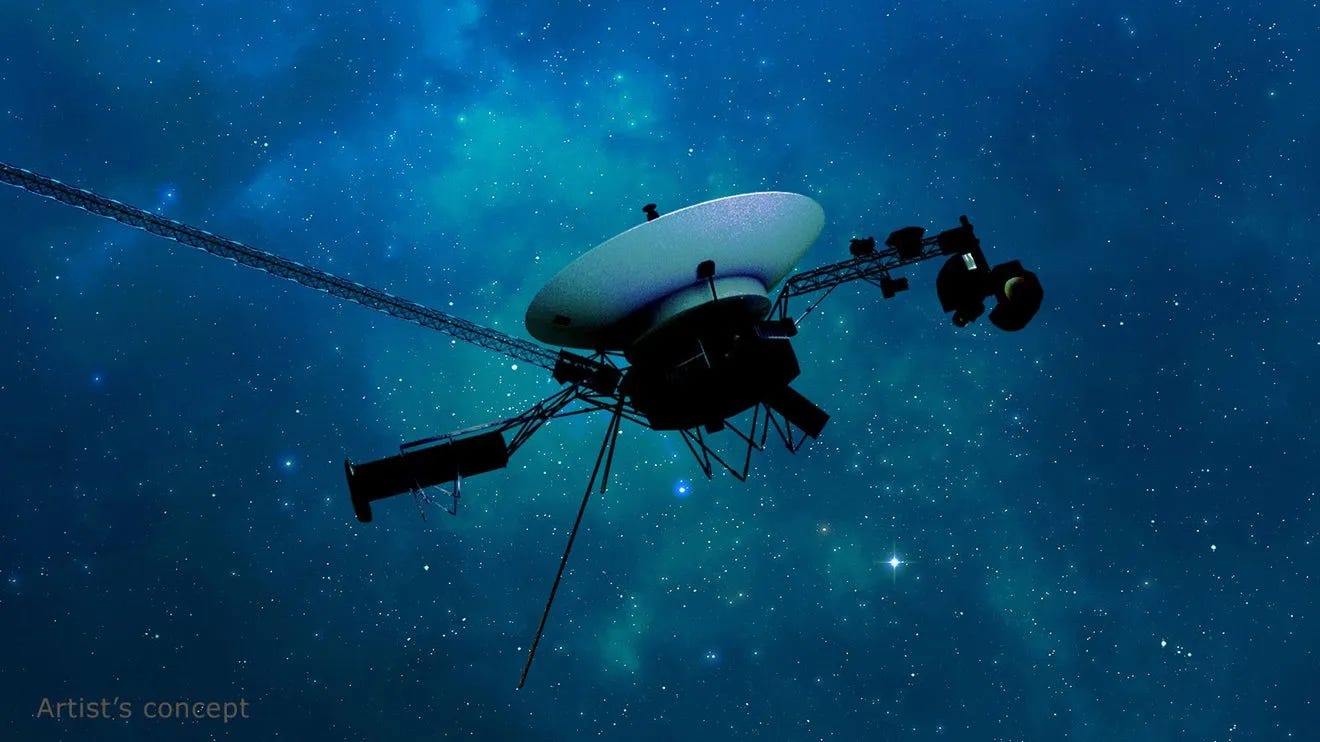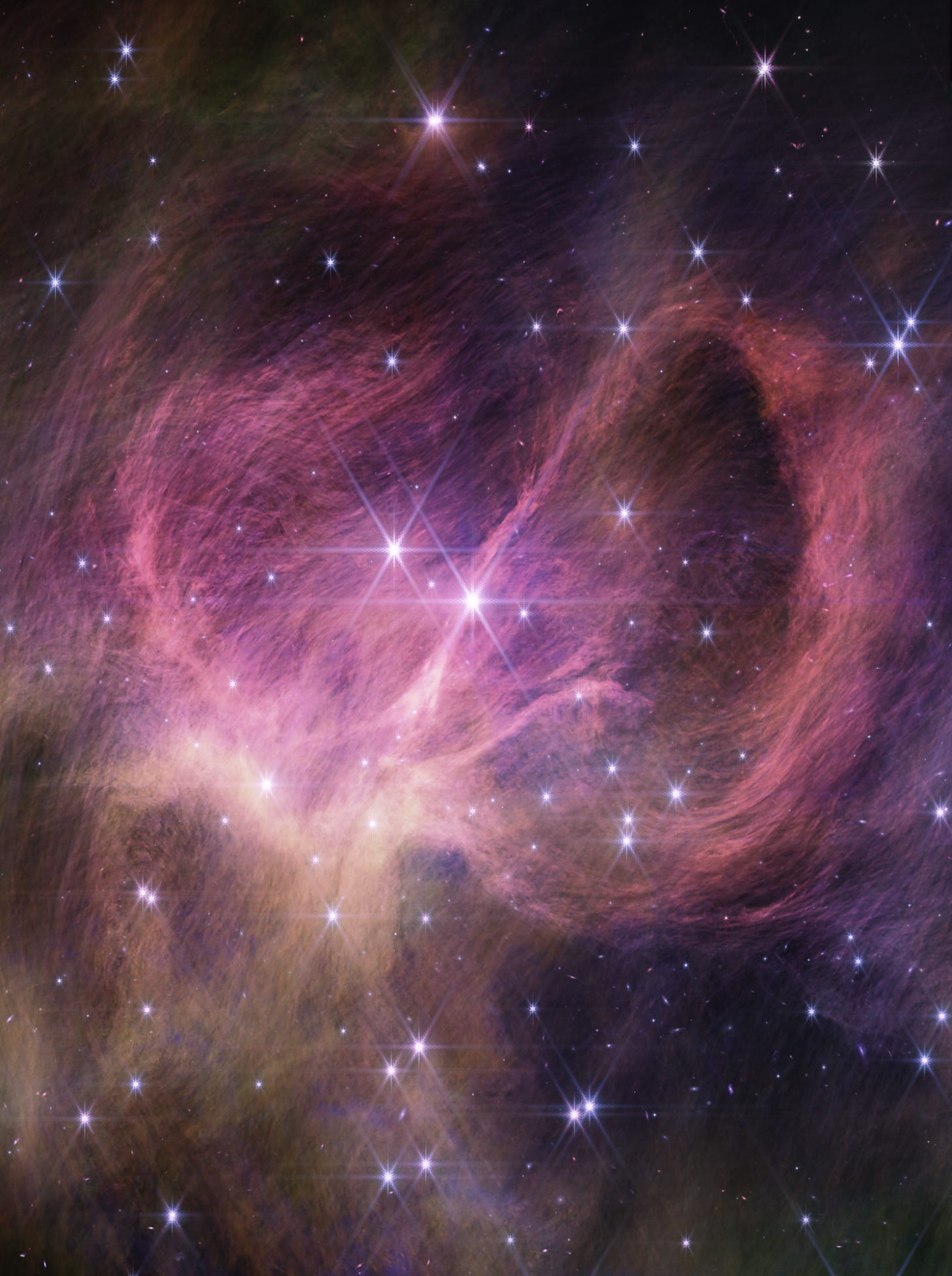Weekly - Voyager-1 faces glitch in computer system and more
Weekly Space News - Quick and Easy
NASA establishes laser communication with ISS
Last week, NASA activated a laser experiment onboard the International Space Station (ISS) called the ILLUMA-T. This experiment enabled the ISS to communicate with another laser experiment in orbit around the Earth called the LCRD. The LCRD then relayed the data back to ground control, thus forming NASA’s first-ever 2-way laser relay system. This is still only in the experimental stage, and radio waves will still be used to communicate with the ISS. Still, it is a major achievement as it could revolutionize communication efficiency in the future as laser beams can transfer larger amounts of data than radio waves in the same amount of time.
Voyager-1 faces glitch in computer system
Voyager-1, the farthest spacecraft from Earth has been travelling in space for more than 46 years now. It left the solar system in 2012 and has been travelling in interstellar space ever since. However, its age is beginning to become more and more evident as it has started to face many bugs and glitches recently. Last week, scientists noticed a new glitch in the computer system of the craft called the flight data system (FDS). This system’s main function is to collect data from the probe’s science instruments and then pass it on to a unit that transmits the data to Earth. In the past few days, it was noticed that the craft kept sending the same data again and again. Further inspection identified the FDS to be the main cause of the problem. Scientists and experts are still trying to get it fixed.
Webb finds smallest star ever
Scientists using the James Webb Space Telescope recently discovered the smallest star ever. The star is a brown dwarf and is located in the IC 348 star cluster nearly 1,000 light years away from the Earth. Brown dwarfs are the smallest types of stars possible. They form like stars and are just dense enough to be classified as stars, but they are not dense enough to fuse hydrogen to actually turn into a star. The new star is so small that it is nearly 300 times smaller than our sun, which is about 2 to 3 times the size of Jupiter.
Sun emits most powerful solar flare in 6 years
Last week, the sun emitted the largest and most powerful solar flare in years. The X-class flair thankfully did not hit the earth or cause any damage on the surface. All classes are assigned a number after the letter to denote its power. This flare was an X2.8 and was the most powerful one detected since 2017. However, the most powerful solar flare ever detected continues to be the one detected in 2003 which was an X45.





